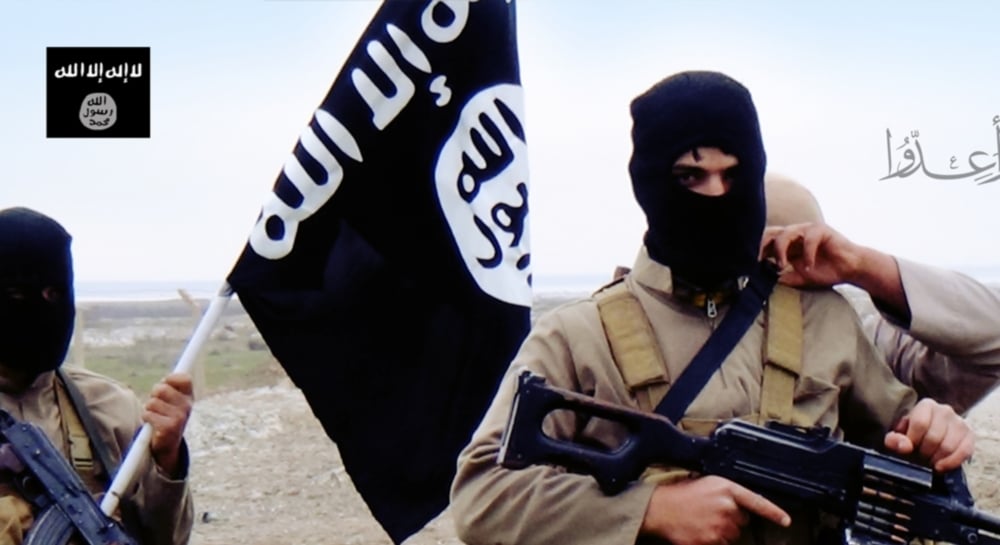
In the Naval War College’s Strategy and Policy course students have an opportunity to critically analyze both Operation Desert Storm and Operation Iraqi Freedom (OIF). These two historical case studies are commonly referred to by students and faculty alike as the First Iraq War and the Second Iraq War. Now, before us we see the Third Iraq War unfolding. Despite what some pundits and former administration officials are saying America is still playing an active role in Iraq’s wars.
An overlooked fact is America’s wars in Iraq make the conflict the longest war in U.S. history. Like two geographer friends of mine that like to argue over whether the Amazon or Nile is the longest river on the planet—it all depends on where you start. Most historians would put the date that America’s wars with Iraq began as 8 August 1990 when then President George H.W. Bush gave his famous “line in the sand speech.” It has been 24 years from that line to today.What has America learned in a quarter century of direct, and often kinetic, engagement in the cradle of civilization?
From the military historian’s armchair, watching the news unfold on the situation in Iraq today feels like watching a documentary about Vietnam backwards; in Vietnam America escalated its involvement from a few advisors to heavy conventional operations, but in Iraq we moved from heavy conventional operations to advisors that are reluctant to get too involved in combat operations.
The large conventional operations that typified the first two Iraq wars will not be ours to own this time. Clarifying this point, on June 19, President Obama spoke about the ensuing crisis stating specifically, “American forces will not be returning to combat in Iraq, but we will help Iraqis as they take the fight to terrorists who threaten the Iraqi people, the region, and American interests as well.”The boots on the ground will be Iraqi soldiers with America providing intelligence, training, assistance, and perhaps a few drone strikes for what can best be described as a full blown sectarian civil war.
In an odd twist, many of the Iraq and Syria Islamic State (ISIS or ISIL) forces that we will be helping the Iraqi Army fight are the same militants that just a few months ago many on Capitol Hill were pleading to arm and equip. This however was when these same Sunni militants were in Syria fighting against the Alawite and Shia Syrian government forces. As long as they were fighting Shia forces in Syria they were being promoted by some American leaders as the Sunni militant good guys that needed our support, but now that they have turned their attention against the Shia controlled Iraqi government they the world’s most dangerous terrorists. If you are confused by all of this, don’t worry—you’re not alone. Take it as an indication of just how complex the situation is in Iraq and Syria today.
Naval War College students also learn that civil wars are among the most violent and intractable of all forms of warfare. Our own Civil War is a good example–Britain and the other European powers of that era steered clear of getting involved. America did not create the deeply rooted sectarian hatred that is central to the Third Iraq War, but they certainly helped to create the conditions that are fueling the fire.
In the long list of strategic oversights and blunders leading up to the 2003 invasion of Iraq the most glaring and obvious is that America was prepared to replace Saddam’s secular Sunni regime with the first Shia government of an Arab nation. Why this should have given pause to the planners of OIF is because an Arab Shia controlled nation has never existed in modern times — never. History matters, especially in the cultural context of any conflict. Nowhere in the Middle East was the divide between Sunni and Shia more bitter than in Iraq. Yet somehow this was overlooked?
As a result of this regional context of Shia vs. Sunni, it is unlikely that any coalition of fellow stable Sunni controlled Arab allies will form a coalition to help Shia controlled Iraq defend against the radical Sunni militants. Thus by deduction, in the Third Iraq War, Iraq is calling on its only two allies that have a shared interest in preserving the current structure in Iraq—the U.S. and Iran. State Department spokeswoman Marie Harf said the U.S. has had “very brief discussions” about Iraq and the threat posed by ISIS on the sidelines of the ongoing nuclear talks in Vienna.
The shifting alliances in the region, enemies becoming friends overnight, and the seemingly endless warfare echoes George Orwell’s novel 1984. How is it possible that the U.S. and Iran may wind up working together to restore order to Iraq? Well, it all depends on where you start.




